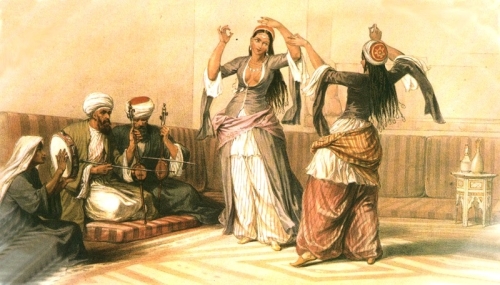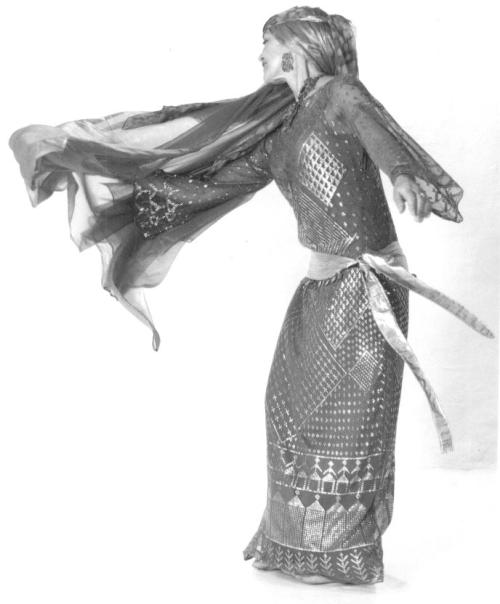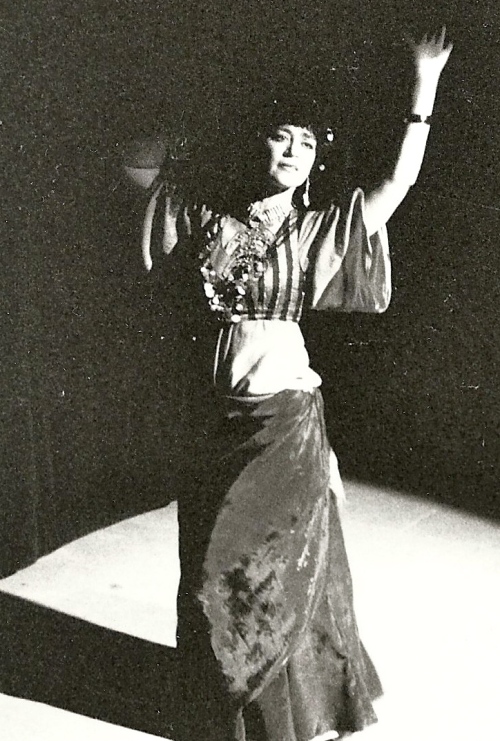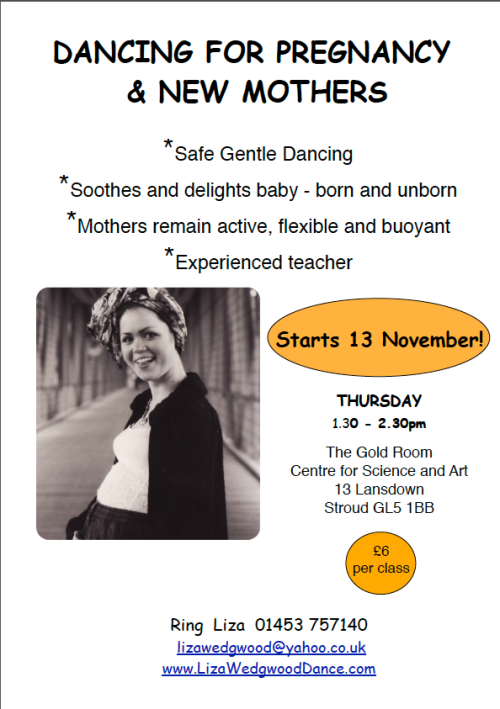The Calendar has now been up-dated! Please click on tab above for details of workshops, courses and intensive days of dance in Germany, Austria, Italy and the UK.
On 16/17 January the 2016 dance year will start with a ‘Moods and Archetypes in Baladi’ weekend in Berlin. This will be followed on the 24th by a Beginners workshop in Stroud, Gloucestershire, and workshops in Munich during the last weekend of the month.
Munich and Dursley courses this year will explore the themes of Sha’abi and the Charisma of the Ghawazee (click on Raqs Sharqi tab above).
Workshop
Saturday 13 February 2016 1.00 – 6.00pm
SPOTLIGHT ON SHAA’BI AND THE CHARISMA OF THE GHAWAZEE

The Courtyard Clinic Studio
The Old Post Office, Parsonage Street,
Dursley, Glos. GL11 4DR UK
(Opposite The Courtyard Cafe and next to the church. The studio is at the back of the small car park)
Cost: £35 (conc. £25)
The Sha’abi form of Raqs Sharqi is the dance found around Luxor in the Sa’id (Upper Egypt). Literally it means ‘of the people’ as in ordinary people or country people. Old music from the villages, as well as modern day pop, allows for simple, joyful dancing using repetitive movements. Included in this genre is the dance of the professional dancers, the Ghawazee. Much loved, they brought colour and entertainment to village and family celebrations, and dance to this day to the multilayered Sa’idi music played on instruments unchanged over the centuries.
Technique, costumes and a bright smile are not enough to express this dance. Eventually the evocative Sa’idi music, coming down the centuries, calls us to find something deeper, richer. It calls us to find an archaic authentic response and invites us, in the excitement of repetition, to dance effortlessly from our stable centre.
Excitement characterises Sha’abi but so does stability, and these two attributes are not necessarily understood by us dancers in the west as we search for that certain something which takes us to the heart of both dancers and audiences alike, and makes the dance so compelling to watch. They would appear to be opposites. In fact the melding of the two is the essence.
The year’s course will help us to understand these opposites. It will bring us closer to the culture in which this dance flourished, the dance of the Sa’id which is so pertinent to our lives today.
Read Full Post »
 photo Simon Richardson
photo Simon Richardson


